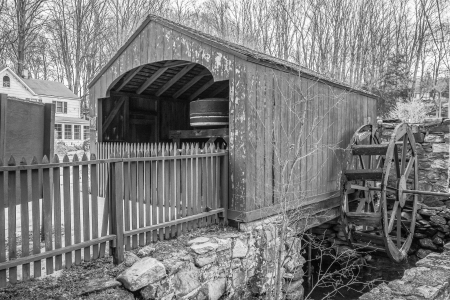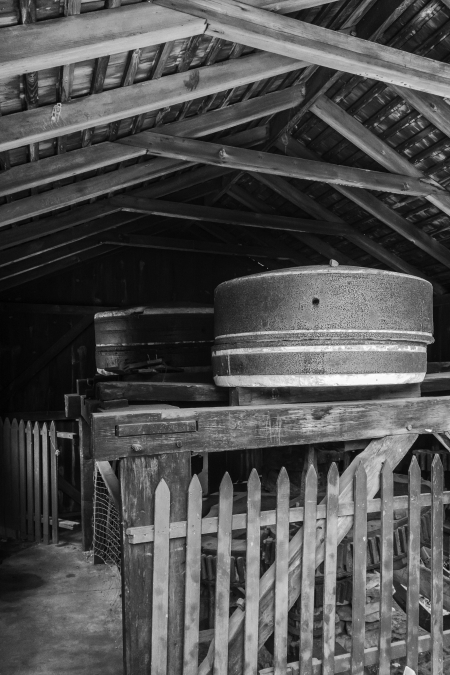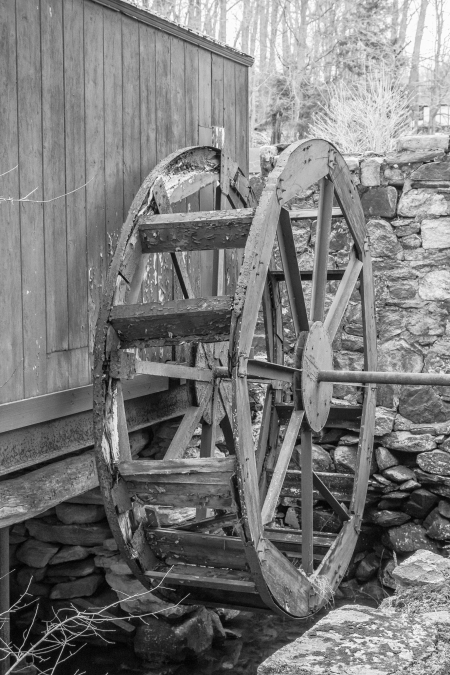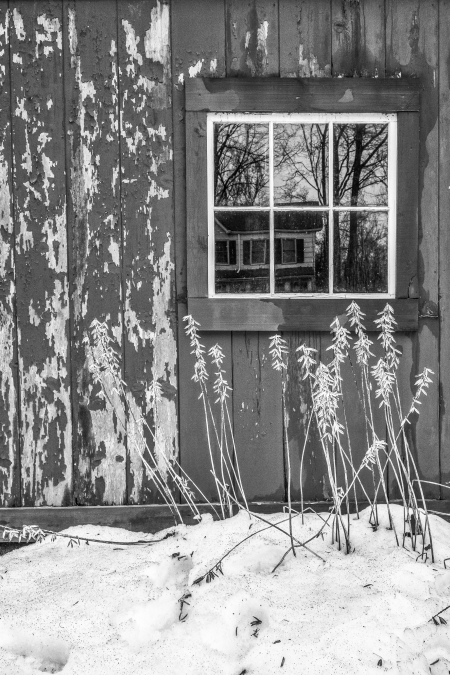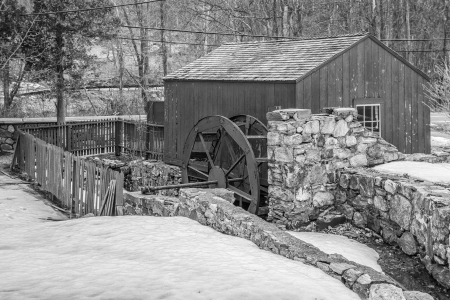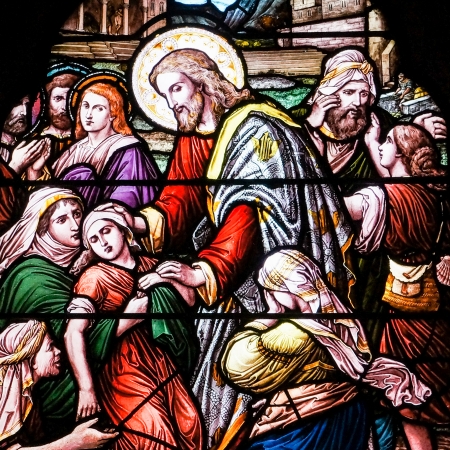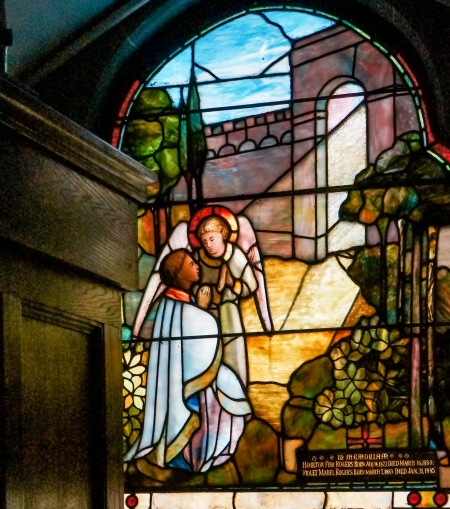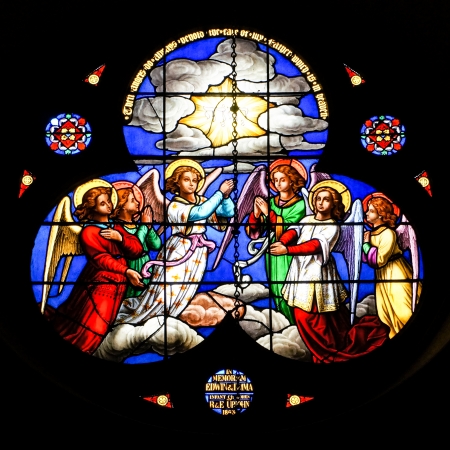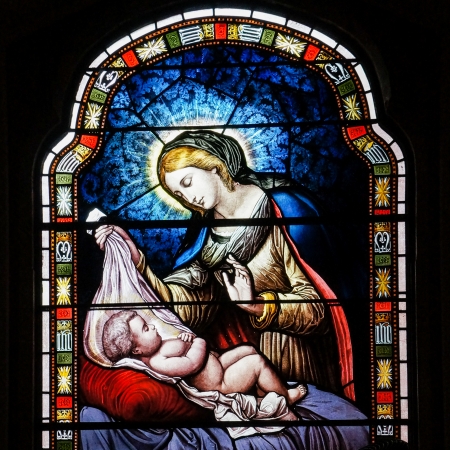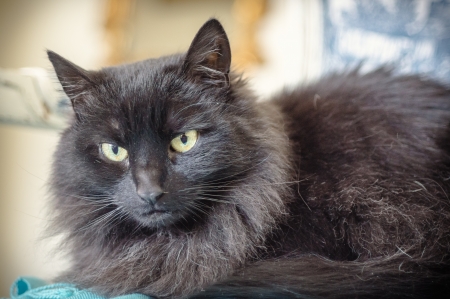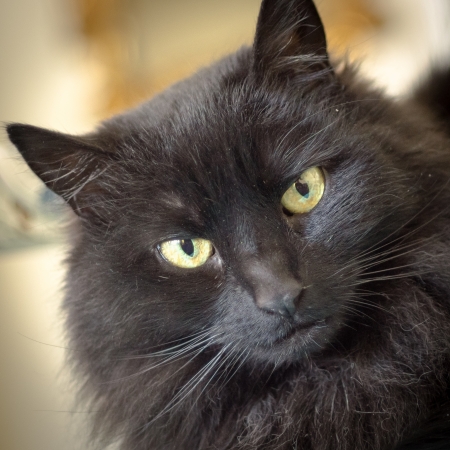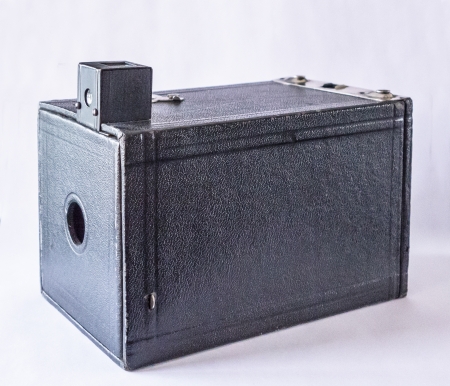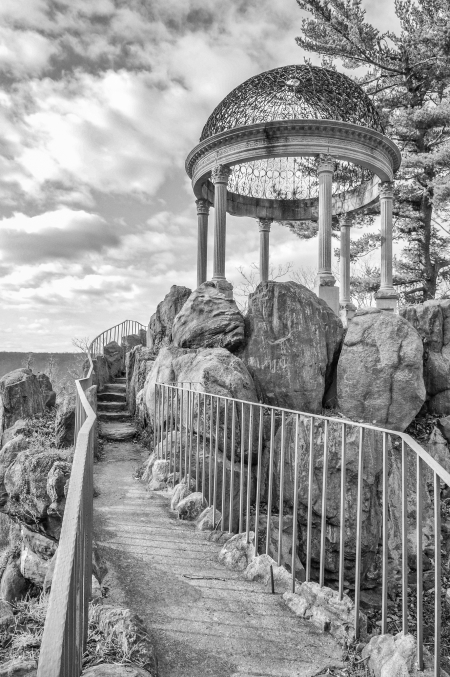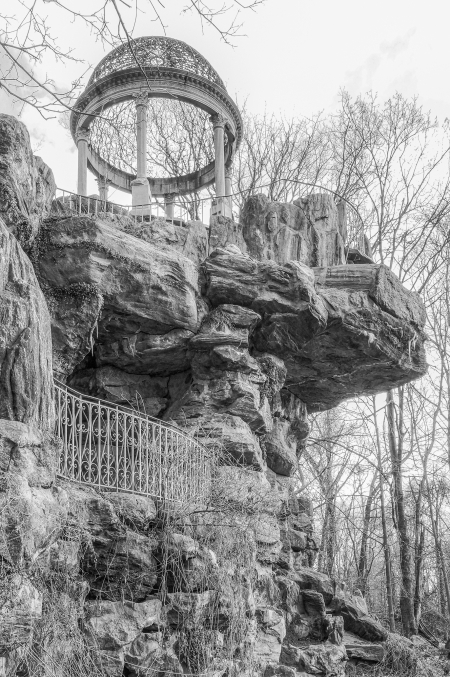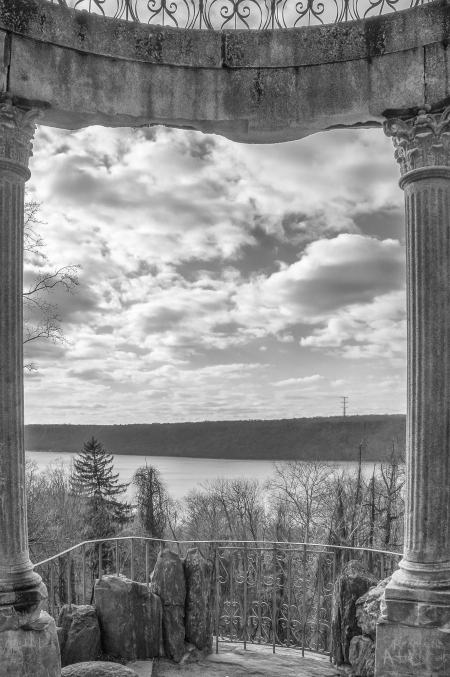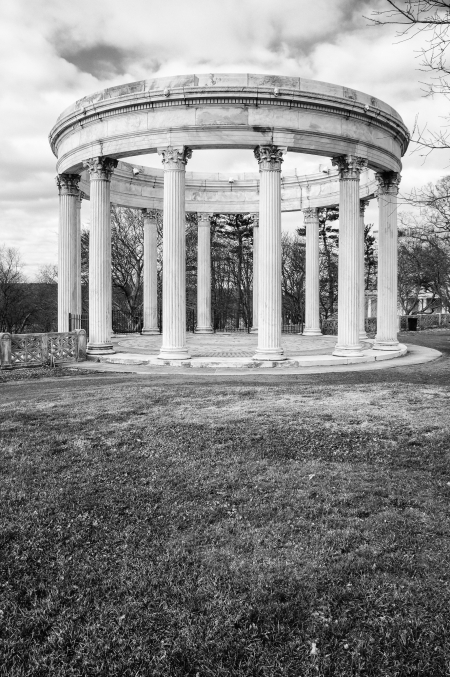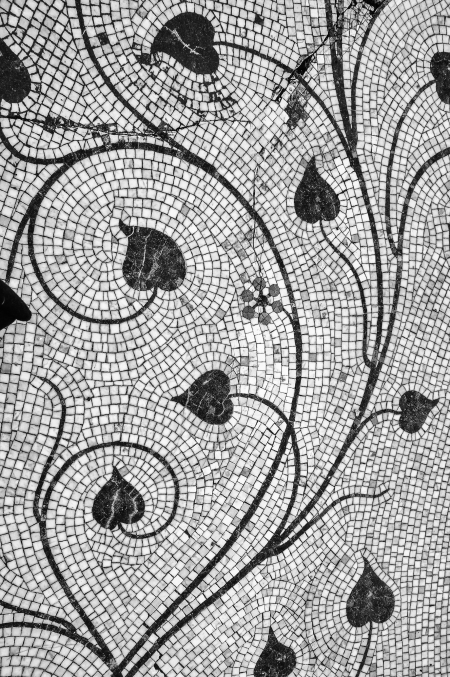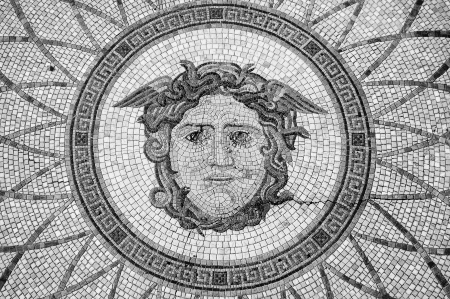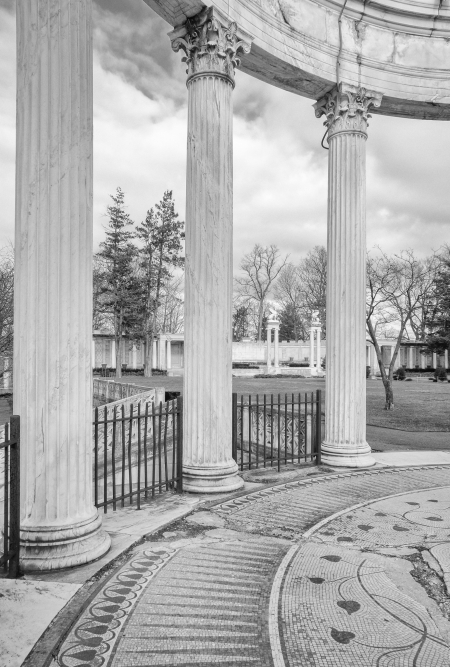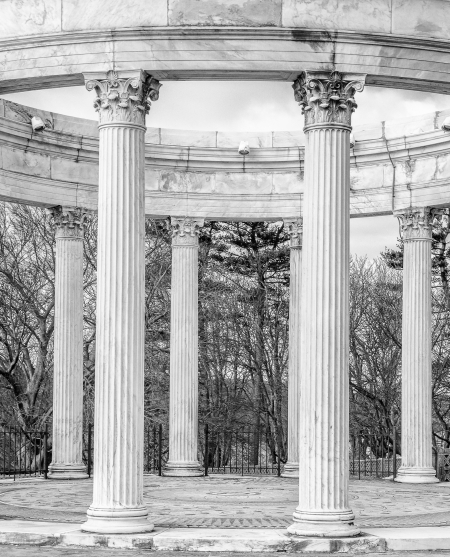Drive along Peekskill Hollow Road and turn onto Mill Street (by the Putnam Valley Museum). Before you get to Route 6 You’ll pass a small, red building on your left – on the corner of Mill Pond Road. It looks like a shed and it’s easy to miss, but it’s well worth stopping for a short visit. There’s not a lot to see, but what you’ll find is all that remains of Rundle’s Mill. An information board has some pictures of the original mill and Mr. and Mrs Rundle. It also provides some background on how the mill functioned. It must have been quite impressive in its day. There’s also a short summary history:
A mill operated on this site perhaps as far back as 1788. Falling water provided the necessary power for mills and the stream and local topography made this an ideal location. Charles Rundle purchased the mill in 1883 and passed it on to his son, Arthur. The remnants of the master gear drive and the millstone are all that remain of the Rundle mill.
The three story structure processed three different products. Apples were converted into cider on the first and second floors. Corn was coarsely cracked into chicken feed on the middle level. Converting grain into fine flour required several operations, utilizing equipment on the upper levels. The saw mill functioned in a shed on the side.
By the mid 1920s, mill operations had ceased except for processing the local apple crop in the fall. Arthur Rundle died in 1932 and so did the mill. The building was rather deteriorated and the next owners had it demolished in the late 1930s.
So the original mill is long gone and the existing, more modern structure merely picturesquely covers the old machinery. Even this building is showing its age: the (I assume) fake water wheel is starting to come apart and the surrounding fence is also breaking up. It’s a pity it’s not better maintained. Perhaps I’m not being fair. It could be that the “run down” look of the building has been brought about by this years harsh winter.
Interior with machinery
Water wheel
Side window
Rear view

